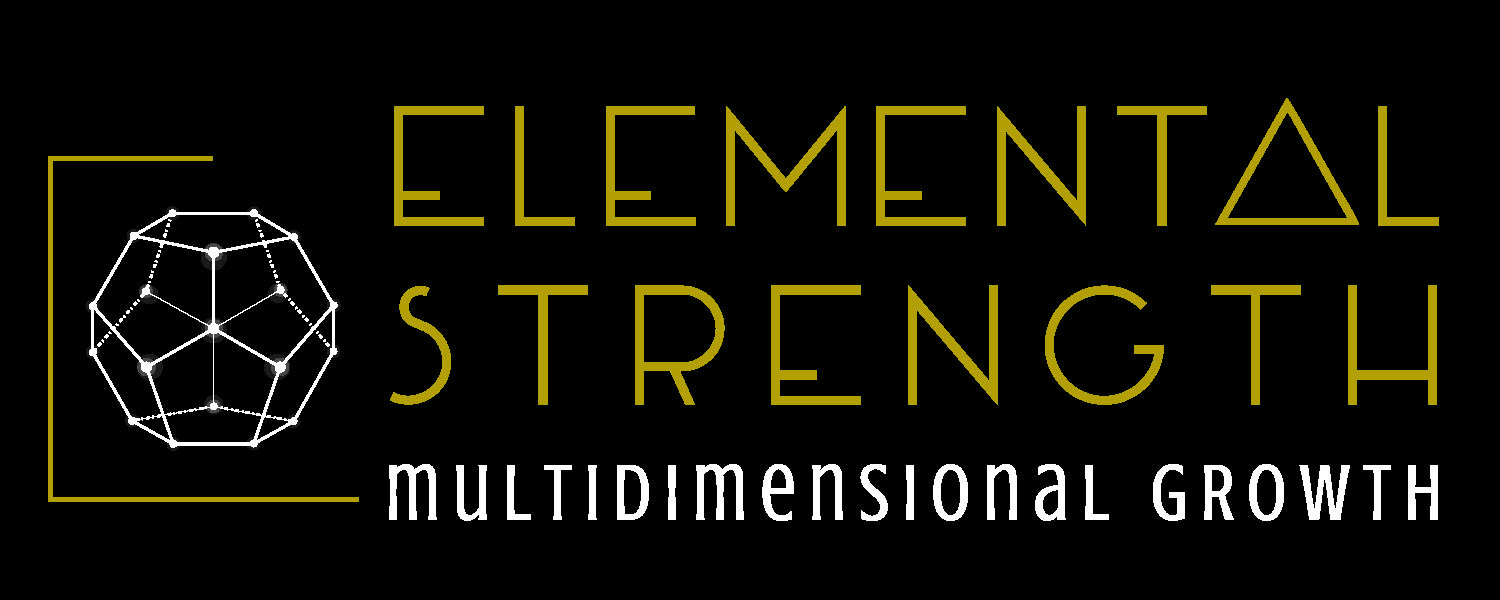The Lower Leg
Thank You to The Brookbush Institute for providing an endless supply of quality continuing ed.
I’ve been studying the Anatomy of the lower leg and exploring practical applications for what I’ve learned for about 6 months. Here are some cool things that I’ve learned so far.
Lack of ankle mobility (particularly dorsiflexion) is often related to plantar, knee, hip, and low back pain as well as Gluteus Maximus inhibition. Addressing this before exercising is a VERY good idea . Somewhat paradoxically, healthy ankle mobility can be the key to unlocking greater global stability.
Orthotics are amazing! That is, if you have a true leg length discrepancy. For those of us who do not, simply addressing muscular imbalance, weakness, and habituated behaviors will decrease or eliminate one’s dependence on orthotics.
Stools and tall chairs, oh you’re just asking for trouble! When our feet don’t touch the floor they often rest on something in an awkward and tense position. I’ve helped more than one person straighten out some twisted little piggies that we traced back to extended time spent while in a poor sitting arrangement.
If the shoe fits. “Sometimes comfort doesn't matter. When a shoe is freakin' fabulous, it may be worth a subsequent day of misery. Soak in Epsom salts and take comfort in the fact that you're better than everyone else.” Clinton Kelly I love the honesty in this quote, the timelines are off though. Any time spent in ill-fitting footwear is too much. The physical consequences for placing daily demands on the body through a contorted foot in a stylish boot or shoe are all bad. Really bad. Shortened muscles here, overstretched muscles there, restrictions to movement across numerous joints, and an altered gait pattern are a few of them.
The foot and the lower leg are complex. Really complex. The demands of professional and social life are complex. Thoughtful deliberation is wise when making decisions about footwear.
Lower Leg Pain isn’t normal. Pain often means that dysfunction is present and some changes may be in order.

